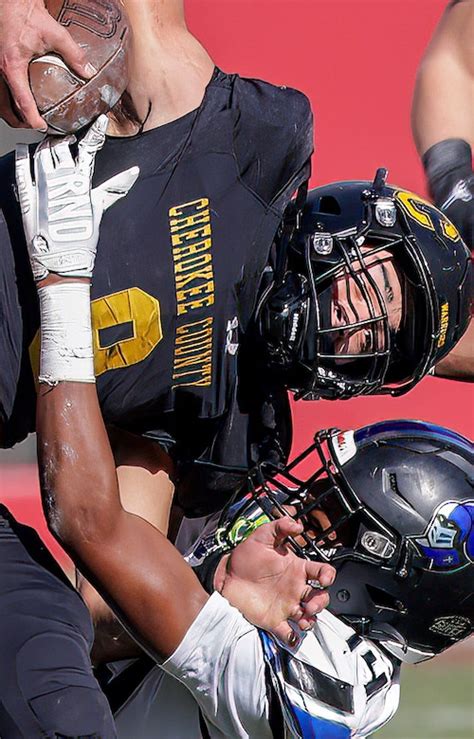Reclassifying for Football: Everything You Need to Know
Reclassifying in football, also known as changing your graduation year, is a significant decision that can impact a player's college recruitment, athletic development, and overall high school experience. This comprehensive guide will delve into the intricacies of reclassification, providing you with the information needed to make an informed choice.
What is Reclassification in Football?
Reclassification involves changing your high school graduation year. A player might choose to reclassify to a later year (e.g., from the class of 2024 to the class of 2025) or, less commonly, to an earlier year. In football, this decision often hinges on factors related to college recruitment, physical maturity, and academic progress.
Why Do Football Players Reclassify?
Several key reasons drive players to reclassify:
- Improved College Recruitment: Reclassifying to a later year allows a player more time to develop physically and hone their skills, potentially leading to a higher ranking among recruits and more attractive scholarship offers from top colleges.
- Enhanced Physical Maturity: Some players might feel they need an extra year to reach their full physical potential before competing at the college level. This is particularly relevant in football, a sport that demands significant size and strength.
- Academic Considerations: Players may reclassify to improve their academic standing, ensuring they meet the necessary requirements for college admission and athletic eligibility. A stronger GPA and standardized test scores can significantly boost recruitment prospects.
- Increased Playing Time: Reclassifying can sometimes lead to more significant playing time in their final high school season, providing valuable experience and exposure to college scouts.
- Addressing Injuries: If a player has suffered a major injury, reclassifying might offer additional time to fully recover before starting college football.
How Does Reclassification Affect College Recruitment?
Reclassifying can significantly alter a player's college recruitment timeline. By moving to a later class, a player gains an additional year to improve their skills and attract attention from college coaches. This extra time can translate into more scholarship offers, greater negotiating power, and ultimately, a better opportunity to attend their preferred school.
What are the Drawbacks of Reclassifying?
While reclassification presents significant benefits, it's crucial to acknowledge potential downsides:
- Lost Playing Time: Players lose a year of high school varsity football, potentially impacting their overall stats and game experience.
- Academic Challenges: Reclassifying requires careful planning and adjustment to meet the academic requirements of the new grade level.
- Social Impact: Changing schools or social circles can be challenging, impacting a player's social and emotional well-being.
- Financial Considerations: Reclassification can incur additional costs, including tuition, fees, and potentially moving expenses.
What Factors Should I Consider Before Reclassifying?
Before making the decision to reclassify, carefully consider these factors:
- Physical Maturity: Honestly assess your current physical development and potential for growth. Consult with trainers, coaches, and physicians.
- Academic Progress: Evaluate your current academic standing and the feasibility of adjusting to a more demanding academic schedule.
- College Recruitment Landscape: Consider your current recruitment standing and the potential impact of reclassification on your prospects.
- Personal Well-being: Assess the potential social and emotional implications of changing schools and adjusting to a new environment.
- Family Support: Discuss your decision with your family and ensure you have their full support.
How to Reclassify?
The process of reclassifying varies depending on your state and school district. Generally, it involves:
- Meeting with School Counselors: Discuss your intentions with school counselors and administrators.
- Obtaining Necessary Documentation: Gather transcripts, test scores, and any other required documents.
- Submitting Applications: Complete and submit applications to the new school district.
- Meeting with Coaches: Communicate your reclassification plans to your current and prospective coaches.
Is Reclassification Right for Me?
The decision to reclassify is a personal one, dependent on individual circumstances and goals. Thoroughly weigh the potential benefits and drawbacks, seek advice from trusted sources, and prioritize your overall well-being. A well-informed decision will contribute positively to your football journey and future endeavors.
This article provides a comprehensive overview of reclassification for football players. Remember that this information is for guidance only; consult with your school counselors, coaches, and family to make the best decision for your individual circumstances.

